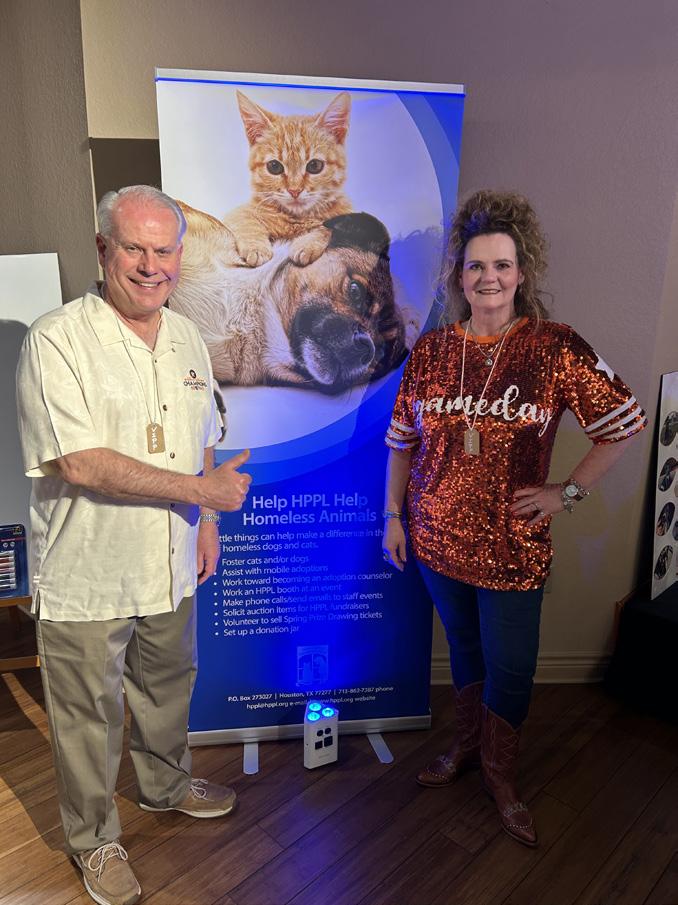
2 minute read
Garlic
treat high blood pressure, assist in Type 2 Diabetes, to clear infections, particularly of the ear, nose throat and lung, and fungal skin issues. The herb also beaks down clots and adds protection for and assists in the treatment of cancers of the stomach and colon. It packs a big punch!
Culinarily speaking, I cannot imagine cooking without it. Garlic added to just about everything makes it so much better! From eggs for breakfast to toast with soup for lunch to infused aioli with fried artichoke hearts, oh how garlic makes my tastebuds sing! To be honest, I don’t think there is one main recipe that I cook without it.
Advertisement
Hey Sweet Lifers! I don’t think there’s anyone except my great Aunt Melda Lee who doesn’t like garlic. I shared a recipe with her years ago for my collards, and I had barely gotten garlic out of my mouth as one of the ingredients when she twisted up her face and grimaced! I know many people steer clear of using garlic for fear of smelling like it, but the benefits of this herb far outweigh the occasional “perfume” left in its aftermath.

Garlic was believed to have first appeared in central Asia and then spread worldwide. It has been cultivated since antiquity and can no longer be found as a wild species. Today the heirloom varieties are all the rage, and the levels of intensity are anywhere from mild to very pungent. Garlic is part of the lily family along with onions, leeks, shallots and chives.
Medicinally, garlic is one of those herbs that every garden needs and every medicine cabinet should have. It was used during the bubonic plague and during World War I as a poultice that saved many soldiers’ lives. It has an antibiotic effect, as well as the ability to stimulate the immune system. For this reason, it is excellent in both treating infections, as well as boosting our bodies. The components of garlic are volatile oils, selenium, scordinin, vitamins A, B, C, E and allicin. When taken regularly, it acts as an anti-diabetic, antiinflammatory, expectorant, blood pressure regulator and fever breaker. Because of these responses, garlic is used to
Garlic is also very easy to grow. Separate the cloves, dig a hole about two inches deep and place five to six inches apart. Cover with soil and water, and soon you’ll see the green stems shoot right up. It can be harvested, and the cloves can be dried to use in cooking year round. What’s more your roses will love you for planting garlic near them. One year I had a bag of cloves that were already peeled, and they had started to go bad, so I tossed them out into the garden under my roses, and they started blooming! Snakes hate the smell, too, so if you’ve got a snake slithering around, a sprinkle here and there will send those guys sliding onto some one else’s yard!
My favorite ways to utilize garlic medicinally is to make a little oil and rub on the bottom of my feet. First, peel several cloves, smash them and let stand for 10 to 15 minutes. On the stove top, place a cup of olive oil and the cloves, and let them steep for 30 minutes. Cool and then place on the feet wrapping them twice with socks overnight. This will help break up any mucus and start the antibiotic properties of fighting infection.
My favorite way to eat garlic is to take a giant head and slice the top off, sprinkle with a dash of salt, top with a large pat of butter and wrap in foil. Place in the oven for 30 minutes until soft. Squeeze the creamy cloves out of the husk, spread on toast points and add either smoked salmon or a dollop of cream fraise and caviar. Delicious!
I do hope you’ll consider adding garlic as one of your go to herbs in your garden, and at the very least, include it in your daily diet. Not only will you find your dishes to be tastier, but your heart and immune system will thank you, too!










